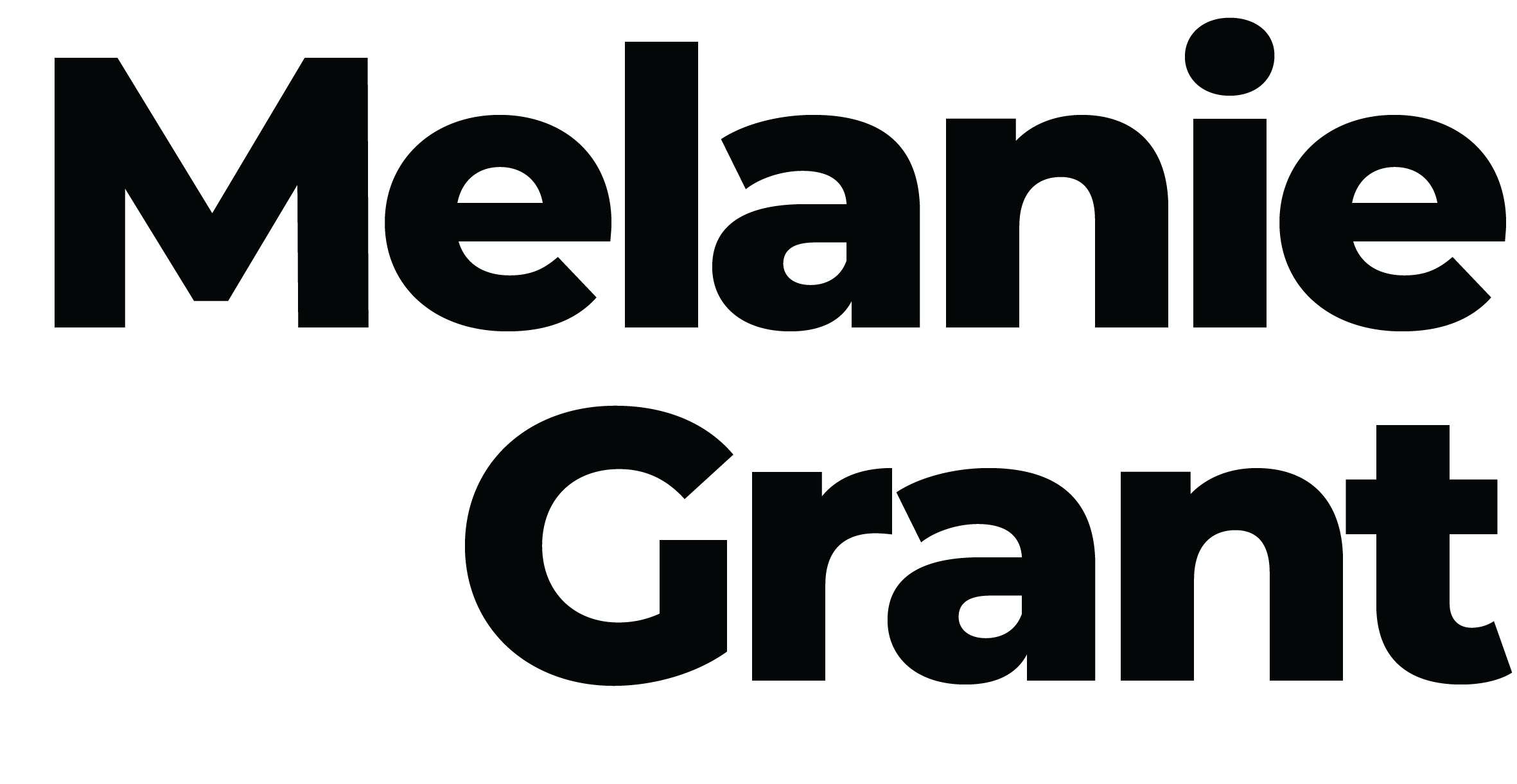Many of us think that acne is something we leave behind in our teenage years. Yet adult acne, defined as acne occurring in adults over the age of 25, is more common than you may think. Though this can be an incredibly stressful and often painful condition to deal with – especially if you managed to graduate from puberty without it – there are many products and treatments proven to manage, treat and resolve acne in adults.
What is adult acne?
This chronic skin condition affects around 25% of us and can really impact our self-esteem. Acne occurs when our sebaceous glands (which secrete oils, or sebum, to keep the skin moist) become blocked, leading to the formulation of pimples, breakouts and cystic lesions. Hormones, diet, lifestyle and even underlying health issues (such as polycystic ovary syndrome) can contribute to adult acne.
How can I treat adult acne?
When our skin flares up, we have the tendency to overload it with products and actives. As tempting as it may be to reach for these, it’s wiser to take a less-is-more approach and go back to basics – the use of too many products or ingredients can cause irritation and sensitisation. It may sound counterintuitive, but avoiding products marketed as “anti-acne” is a good place to start. These can contain alcohols and drying agents that are incredibly stripping of the skin’s natural oils, causing further inflammation and impaired barrier function. Instead, seek out non-comedogenic products that won’t clog the pores, and hydrate with water-based formulas.
When managing acne, consistency is key. Whatever the root cause, create a no-fuss, strategic skincare routine and stick to it, morning and evening for at least 8-12 weeks before expecting to see results. A simple and well-grounded regime might look like…
Cleanse
Cleanse using a cream, gel or milk cleanser, all of which can gently unclog pores and remove bacteria. Steer clear of foaming cleansers as these can disrupt the skin’s pH levels, leading to redness and overproduction of oil, long term.
Rebalance
Rebalance the skin and promote cell turnover with a toner containing ingredients like lactic, salicylic or glycolic acid. Yeasts and probiotics included in this step can help to encourage a healthy microbiome for your skin and in turn, build its resilience against blemish-causing germs and bacteria.
Exfoliate
An important step in helping to clear out the pores and boost cell metabolism to avoid post-inflammatory pigment, look for an exfoliator with enzymes, glycolic, malic or lactic acids at least 2-3 times per week. Enzymatic and chemical exfoliators are generally gentler on acne-prone skin than physical exfoliators, which rely on rubbing and scrubbing that can cause aggravation.
Treat
Whether you’re using a serum or spot treatment, there are an array of fantastic acne-clearing ingredients out there such as BHAs, salicylic acid, azelaic acid and tea tree oil. Vitamin C is a potent antioxidant that will help with scarring and redness. Retinol, a star of anti-ageing, can also be used to treat acne; just be sure to avoid it if you’re on Roaccutane and to use it on alternate nights to your other actives such as BHAs.
Moisturise
Despite many urban myths, you should definitely still use a moisturiser if you have acne. This step is essential in locking hydration into the skin and promoting a healthy barrier function. Look for one with a lightweight formulation containing hyaluronic acid, ceramides or niacinamide. Lotion or gel textures can be a great option for acne-prone skin, as opposed to heavier creams or oils.
Sunscreen
As always, in the morning round out your skincare routine with a broad spectrum sunscreen offering UVA and UVB protection with a minimum of SPF30. It’s imperative not to skip sunscreen even if you have acne. Seek out a lightweight, oil-free and physical formulation – look for zinc oxide as its primary ingredient. Matte finishes can be especially great for oily or breakout-prone skin as they remain comfortable throughout the day and can blur imperfections and textural inconsistencies.
Treatments
LED light therapy, professional peels and microdermabrasion are incredibly effective in-clinic treatments for treating acne. An LED mask with both red and blue lights is a great tool to have in your at-home regime.
